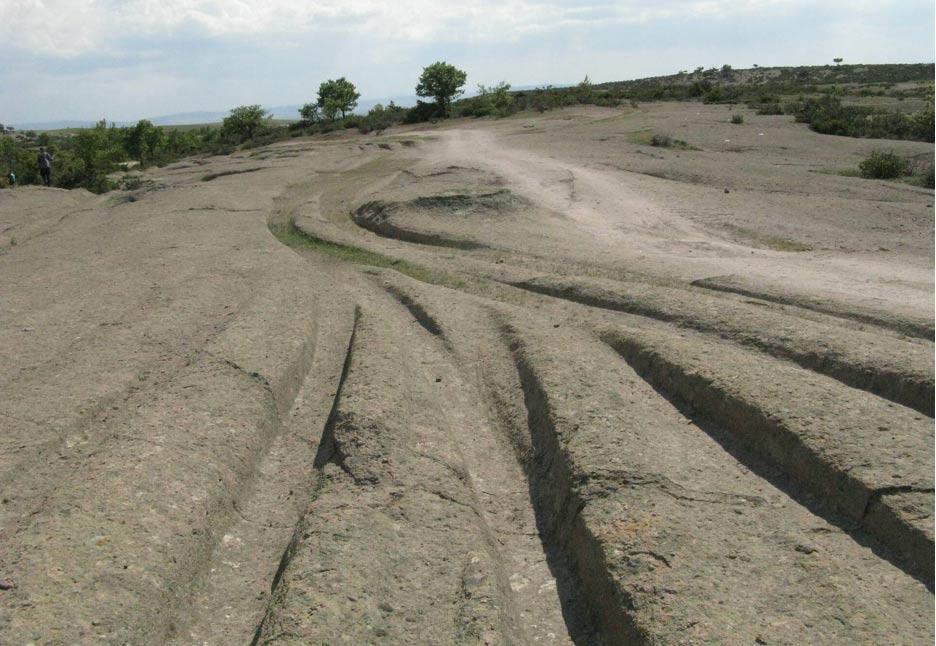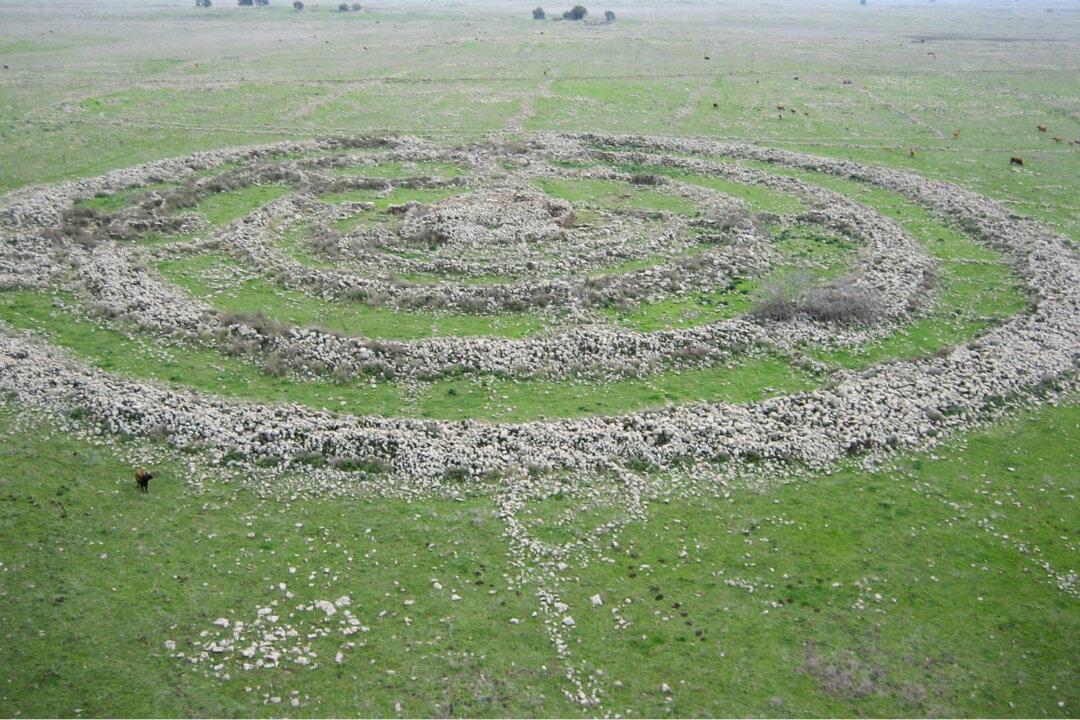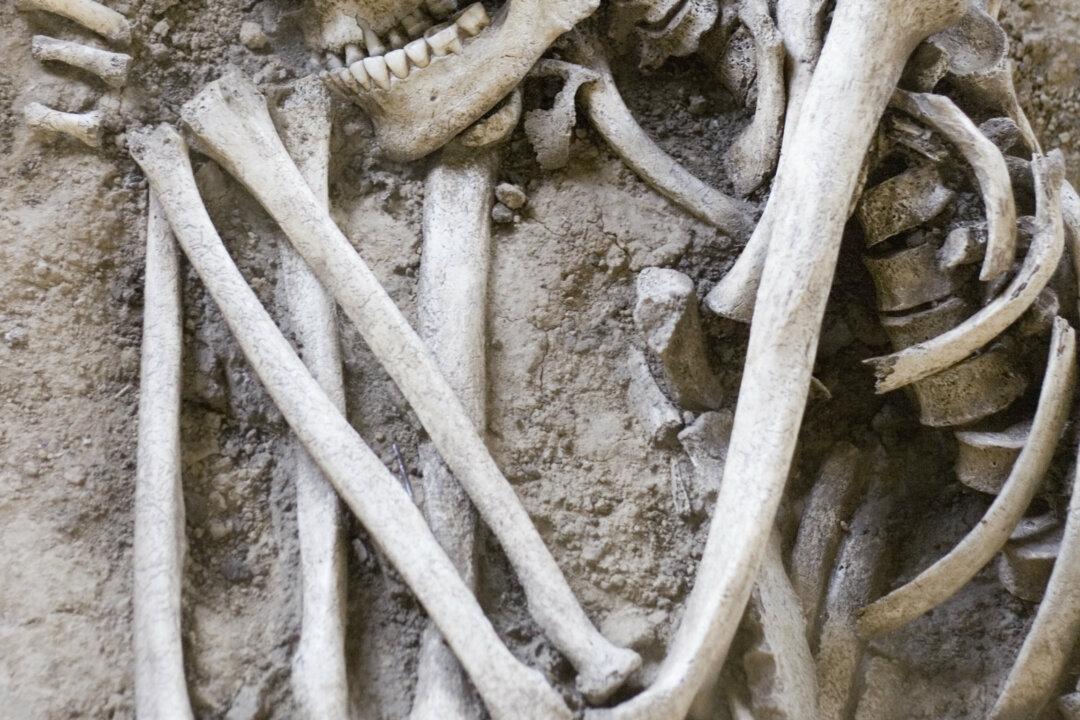In what is sure to cause controversy, a researcher has claimed that the mysterious and ancient ruts which crisscross the Phrygian Valley of Turkey were caused by an unknown and intelligent race between 12 million and 14 million years ago.
Dr. Alexander Koltypin, geologist and a director of the Natural Science Scientific Research Centre at Moscow’s International Independent University of Ecology and Politology has recently completed investigations at the site in Anatolia which is marked with strange ruts, described as “petrified tracking ruts in rocky tuffaceous deposits made from compacted volcanic ash,” according to MailOnline.
The tracks cut across the landscape of the Phrygia Valley and date back to various historical periods, according to the conventional academic descriptions. The earliest roads are thought to have been made during the Hittite Empire (circa 1600 B.C.–1178 B.C.). As time went on, paths were cut deeply into the soft rock by the Phrygians, then by the Greeks, and Alexander the Great with his armies. They eventually became part of the Roman road network, according to Culture Routes in Turkey.






